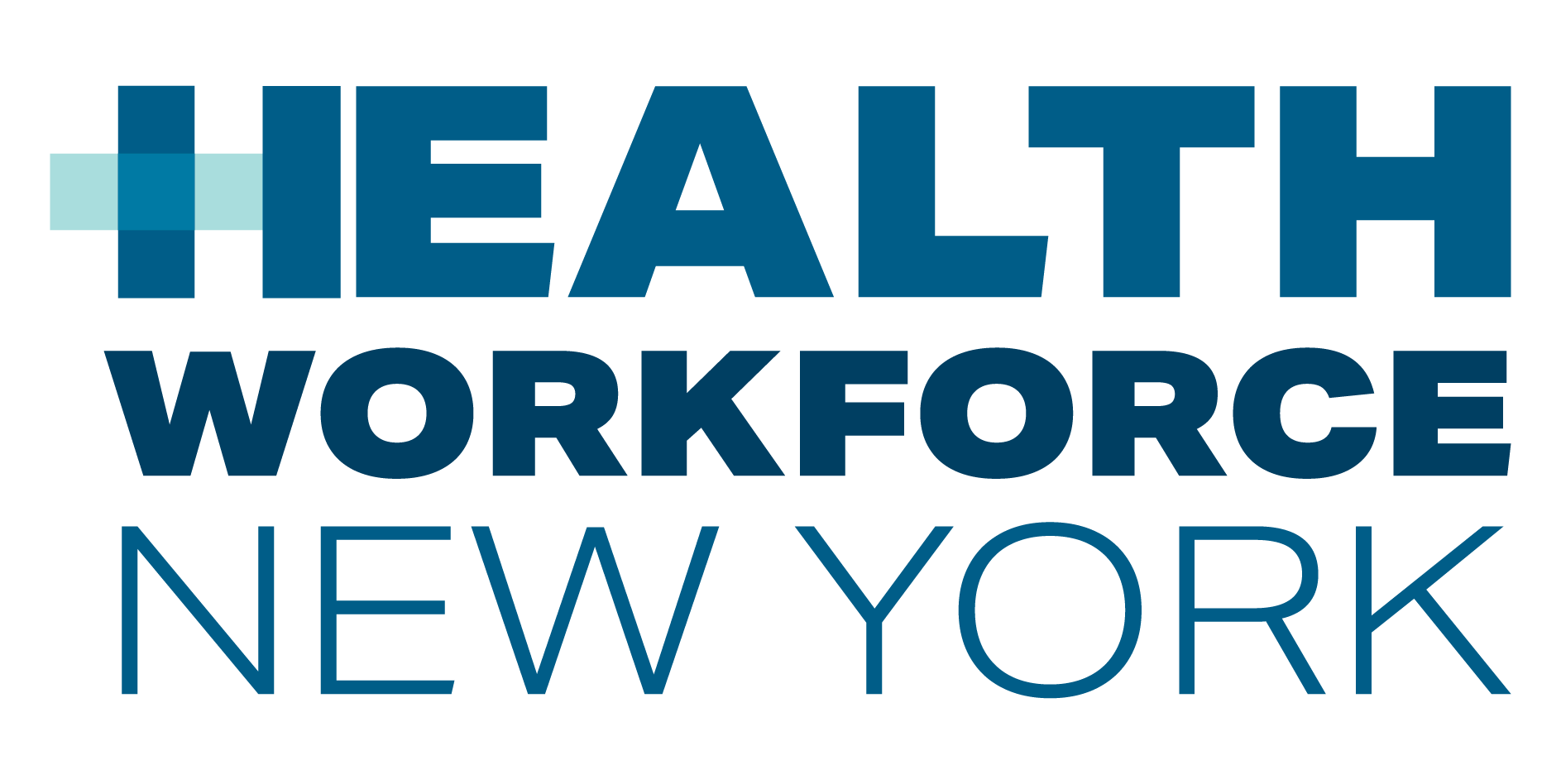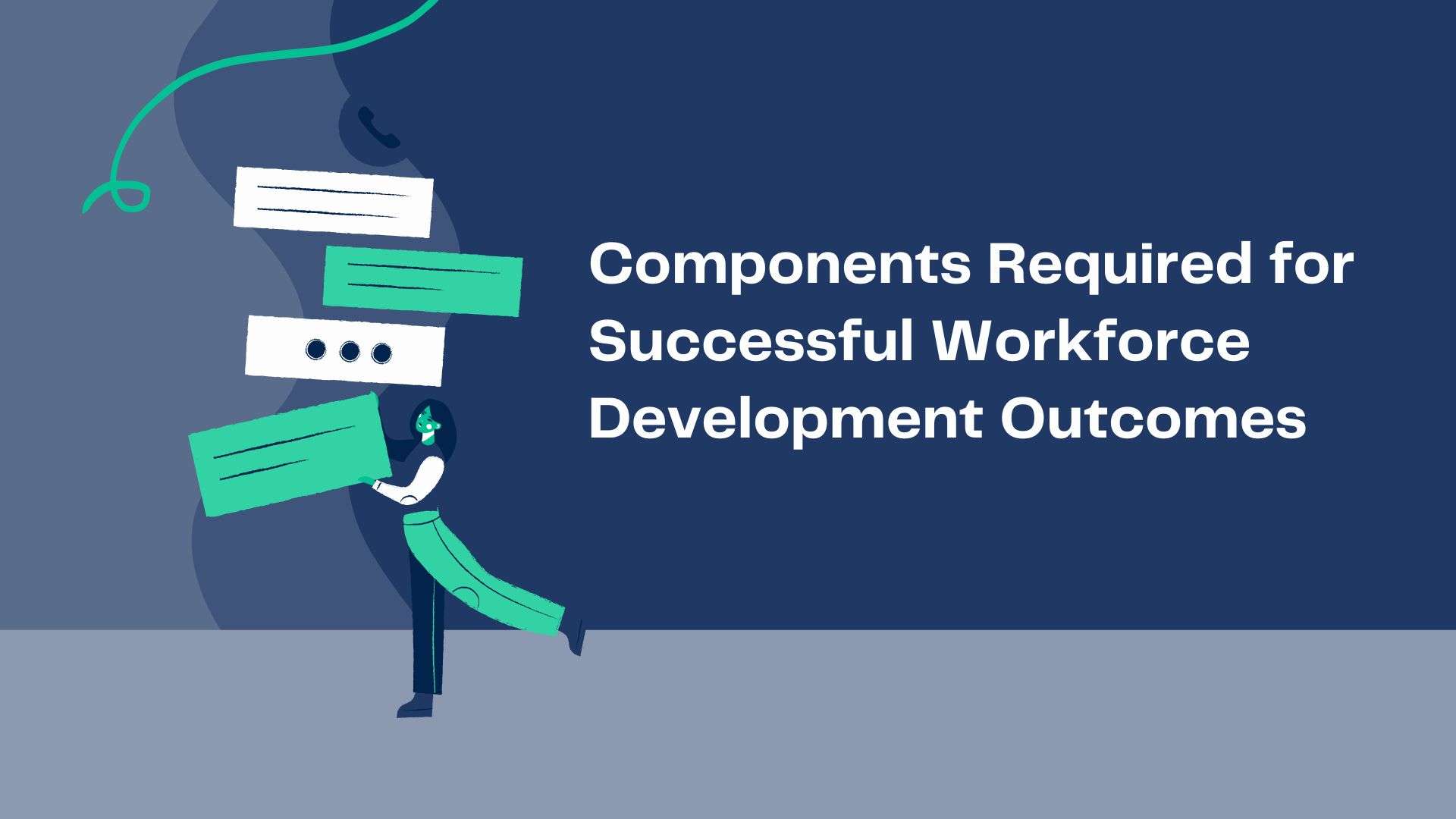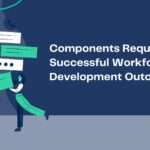Many well-planned and executed workforce development initiatives result only in modest, short-term impact. Careful analysis indicates that this is due to a failure to develop and include use of an infrastructure necessary for successful workforce development outcomes.
Building a workforce development infrastructure involves four essential components. Once implemented, the flexible and agile infrastructure serves to support, promote, and connect existing and emerging workforce development programs and initiatives. The results include measurable increases in the recruitment and retention of quality talent. Additionally, the approach collects valuable workforce data and creates significant cost efficiencies and savings.
COMPONENT 1: TARGETED MARKET OUTREACH
Researching and executing targeted outreach using multiple channels to individuals and groups most likely to enter the field.
COMPONENT 2: DEPLOYMENT OF A DIGITAL PLATFORM
Providing a mobile-accessible tool to serve as a single point for convening stakeholders, obtaining information, planning career paths, and connecting directly with training opportunities and employers.
COMPONENT 3: COLLABORATION WITH COMMUNITY PARTNERS
Pulling all stakeholders together to promote, engage, and support the overall workforce development infrastructure and process. The strategic organization of the stakeholder community will ensure that gain for one stakeholder will be a gain for the others. The Digital Platform will greatly assist in the architecture and support of this component.
COMPONENT 4: PROJECT MANAGEMENT & LEADERSHIP
Planning, administration, evaluation, and reporting using a single entity with expertise in human-centered design should be contracted to ensure continuity and effective articulation between the components, programs, and initiatives.
A rising tide doesn’t raise people who don’t have a boat. We have to build the boat for them. We have to give them the basic infrastructure to rise with the tide. ~ R Gandhi







